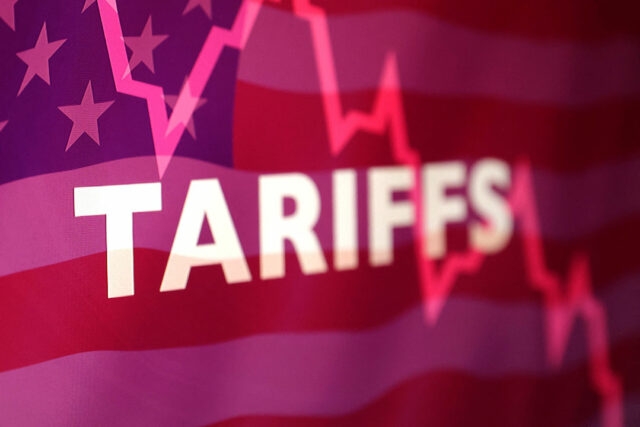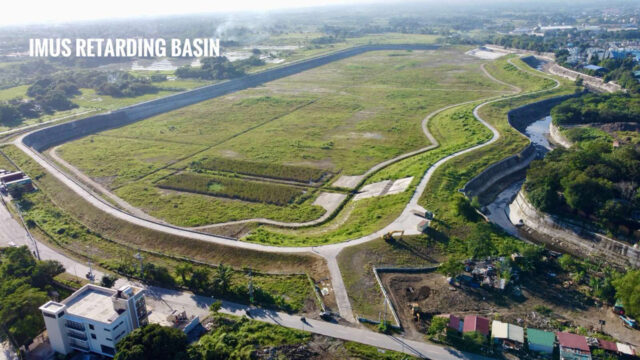By Katherine K. Chan
THE BANGKO Sentral ng Pilipinas (BSP) on Thursday cut its key policy rate for a third meeting in a row and signaled another cut this year that may be the last for this monetary easing cycle.
The Monetary Board reduced the target reverse repurchase rate by 25 basis points (bps) to 5% from 5.25%, as expected by 20 analysts in a BusinessWorld poll last week. This was also the lowest level in nearly three years or since November 2022.
Rates on the overnight deposit and lending facilities were also lowered by 25 bps each to 4.5% and 5.5%, respectively.
The central bank has so far lowered borrowing costs by a total of 150 bps since it began its easing cycle in August last year. It delivered two 25-bp cuts each at its last two meetings in April and June.
“Based on the latest data, I think this puts us at our sweet spot for both inflation and output,” BSP Governor Eli M. Remolona, Jr. said during a briefing.
Inflation fell to a nearly six-year low of 0.9% in July, bringing average inflation in the first seven months to 1.7%.
The Philippine economy expanded by an annual 5.5% in the second quarter, picking up from 5.4% in the first quarter but slower than the 6.5% growth in the second quarter of 2024. In the first half, gross domestic product growth averaged 5.4%, below the government’s 5.5% to 6.5% growth target range for this year.
“The projected inflation rate over the next year or so is where we want it to be. Output is moving to where we think our capacity is,” Mr. Remolona said. “The policy rate itself is at our ‘Goldilocks’ rate -— neither too high nor too low.”
“I would characterize this as still dovish, but slightly less so than before in terms of the forward guidance… We had to look at so many scenarios because there’s still a lot of uncertainty.”
The BSP projected inflation to average 1.7% this year, a tad higher than its 1.6% projection in June. Its inflation projection for 2026 is at 3.3% from 3.4% previously. For 2027, inflation is projected to rise to 3.4% from 3.3% previously.
Despite reaching a “sweet spot,” Mr. Remolona said there is space for another rate cut this year. “The data can change. The sweet spot can move.”
“I think we have space for one more cut. If the data develops the way we think it will develop, then maybe one more cut this year,” the BSP chief said, adding that this could mark the end of the current easing cycle. “That’s the likely evolution in the policy rate. Of course, if something bad happens to output that suggests there’s a lack of demand, then we cut some more.”
“Overall, we see the inflation outlook to be very manageable, inflation expectations to be well-anchored but we still see more significant risks to the inflation outlook than the output outlook,” Mr. Remolona said.
The Monetary Board has two more policy meetings this year, in October and December.
In a statement, the BSP noted that potential electricity rate adjustments and increased rice tariffs could “raise inflationary pressures over the policy horizon.”
While domestic demand has held firm, recent US trade policies could dampen global growth.
“The impact of US policies on global trade and investment continue to weigh on global economic activity. This could temper the outlook for the Philippine economy,” the BSP said.
US President Donald J. Trump upended global trade by unilaterally raising tariffs on all of its trading partners. The US slapped a 19% tariff on Philippine goods, same as four other Southeast Asian countries.
“Emerging risks will continue to require close monitoring. The Monetary Board will determine the monetary policy response based on the evolving outlook for inflation and growth,” the BSP said.
Meanwhile, Mr. Remolona said the increased likelihood of an interest rate cut by the US Federal Reserve “doesn’t worry them too much.”
“As you know, we used to worry that our policy rate was within 100 bps of the Fed’s policy rate,” he said. “If that spread narrows to less than 100 bps, then the peso might depreciate. We don’t see that anymore, and that doesn’t seem to be happening anymore.”
Mr. Remolona said the peso has been appreciating against the US dollar even as the difference between the BSP and the Fed’s current target rate of 4.25%-4.5% has been below 100 bps for some time.
Gareth Leather, a senior Asia economist at Capital Economics, said the “relatively dovish tone” of the BSP suggests further easing is likely.
“We are expecting at least one more 25-bp cut by yearend,” he said.
Mr. Leather said the Philippine economy may need more support, as growth may slow in the second half.
“Low inflation and falling interest rates will provide some support to demand this year. But with fiscal policy being tightened and exports set to weaken, we expect growth to struggle,” he said.
“However, the main reason we are expecting further easing is that price pressures are very weak,” he added.
Metrobank Chief Economist Nicholas Antonio T. Mapa said the BSP would be data dependent, “with potential additional easing in the pipeline should inflation remain behaved, and inflation expectations anchored.”
Sunny Liu, lead economist at Oxford Economics, said they expect the central bank to deliver another rate cut in the fourth quarter.
“We expect inflationary pressures to remain subdued given softer commodity prices. While recent peso weakness could raise concerns over the pass-through to domestic prices, the anticipated Fed rate cut as early as September could ease some depreciation pressure. We continue to expect BSP to maintain its easing bias, with another 25-bp cut expected in Q4,” she said.











